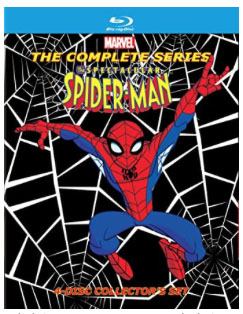
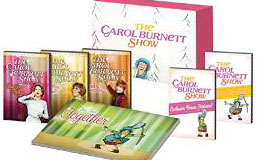
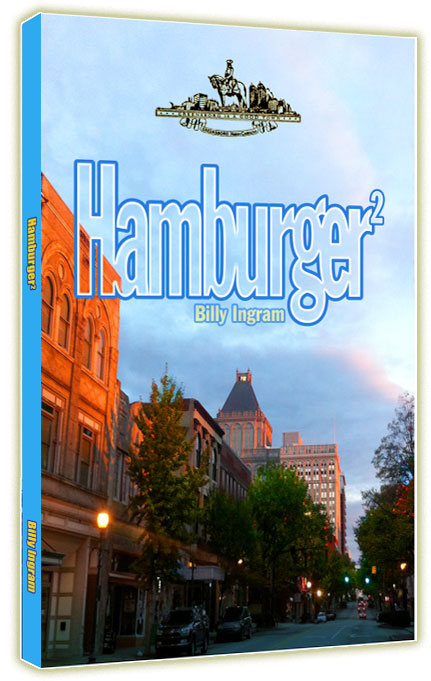
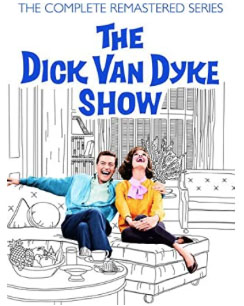

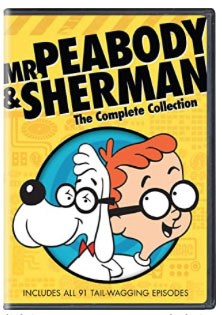

 |
 |
 |
 |
 |
 |
 |
TV Shows on DVD/ / / / / TV Blog/ / / / / Punk Book/ / /Classic
Commercials |
||||||
by Cary O'Dell
Back then, the closest most of us ever got to being a fly on the wall of courtroom for a high-profile criminal case was via first-hand journalistic reports or from the rough-looking, ink-and-chalk sketches drawn by special "courtroom artists" that were shown on nightly newscasts. But back in 1981, during what many were then calling the "Trial of the Century" (before that other Trial of the Century--OJ--year later), NBC, desiring to either cash in or educate (I'll let you decide), came upon a unique way to give TV viewers a front row seat to all the courtroom action and, in effect, even place them in the jury box. In March of 1980, a 56 year-old woman named Jean Harris was arrested for the murder of her long-time lover, Dr. Herman Tarnower. Tarnower was well known at the time for being the best-selling author of the book "The Complete Scarsdale Medical Diet." Harris was not known to the public before and, once her face got splashed all over the newspapers, she certainly did not look like any sort of killer or femme fatale. In fact, she looked like what she really was: the headmistress for a tony, exclusive girls school located in McLean, Virginia. Still, despite those factors, the combination of money and murder in this story was enough to guarantee ample public interest and press coverage. In the trial of Jean Harris, it was never a question of IF Harris killed Tarnower--the answer to that question was already known: yes, she did. The question was: was it murder or manslaughter? Harris insisted that she brought the gun to Tarnower's home in New York to kill herself after one last confrontation. Later, when the two of them struggled over the gun, Tarnower ended up getting shot. So--accident or murder? The trial of Jean Harris began in White Plains, New York, in November of 1980. And though there were reporters (and sketching artists) in the courtroom and outside of it, there were no cameras. The trial--one of the longest in New York State up to that time--lasted 14 weeks and its highlight was when Harris herself took the stand in her own defense. The jury was out for eight days before finding Harris guilty of second-degree murder. In the end, Harris was sentenced 15 years to life in jail. Later, in 1992, and in declining health, Harris's sentence was commuted by then NY governor Mario Cuomo and she was released. Harris lived as a free woman until her death in 2012 at age 89. As the "Scarsdale Diet Doctor Murder" story played out, and its trial commenced, juicy details emerged. Tarnower was a serial cheater. And though, unlike with O.J., race was not an issue here, men's treatment of women certainly was and it fueled a lot of heated debates even in this pre-internet and Twitter age. Of course, the public loves a real-life drama and, for a time, the saga of Jean Harris certainly fit the bill. Hence, less than three months after the verdict was announced, NBC struck upon a unique way of telling (or re-telling) this story, or, more actually, this trial, including giving viewers "full coverage" of Harris's own much discussed first-person testimony. The network presented a two-night, three-hour reenactment of the trial's biggest moments with actors playing the trial's major participants and saying what they all actually said. Yes, truly, gavel-to-gavel coverage.
Usually, even the most urgent, slap-dash film takes a year of development and shooting before hitting the airwaves but in order to get this movie to primetime, NBC pulled out all the stops--and utlized every trick they could. First, unlike most made-for-TV movies (but like the daytime soaps) "Jean" was shot on videotape, not film. Secondly, there was only one set that had to be built. And that was a standard, no frills (but accurate) mainly beige courtroom based upon the one in White Plains where the actual trial took place. (In retrospect, yes, it does remind one of the set of "Judge Judy.") Then, a script, per se, did not have to be written: all of the dialogue for the movie was taken from the official court transcript which, by law, is part of the public domain. Of course, that transcript did have to be edited; the official trial transcript logged in at 10,000 pages! Even after the first cutdown by the producers, it was still a staggering 400 pages before being brought down again to a film-able 200 pages. Cast in the pivotal lead role of Jean Harris was Ellen Burstyn. Burstyn hadn't done any TV in 12 years but was excited about playing this complex woman. And, luckily, the Oscar-winning actress had begun her career on stage and in the fast-paced world of early, live TV, so she was somewhat practiced in working at a brisk pace. But, even then, in a newspaper interview at the time, Burstyn lamented the speed at which they were shooting. She said, "In a feature, you average about two pages of script a day. In a television movie, 12. On my first day [on 'Jean Harris'] I was supposed to do 30!"
As the three hours headed towards TV screens, Schaefer had to contend not only with the rapid production schedule but also with a lot of outside criticism which decried this treatment of the Harris saga as full-on exploitation. Schaefer, and his co-producer, Paul Klein, however, countered that he was serving the public interest and that, since all of the dialogue in the film was taken from the court transcript, no bias was or could be shown. (In an interview at the time, Jean Harris, herself, also objected to the film being made, her objections, of course, did not stop the production.)
But if "Jean" was historically important, what is was not at the time was popular. Installment number one of the TV movie finished #52 in the ratings for the week and part two finished a dismal #64! Those are bad numbers today and they were even worse back in the early 1980s before when there were only three national TV channels and no cable, Netflix, etc. Why the poor viewership? Perhaps people had grown tired of the case by the time the movie hit the air. Perhaps, since they already, basically knew the outcome, few felt the need to watch. With cameras now in so many courtrooms, the need for these sorts of reenactments are not really needed anymore, however, sometimes channels have had to resurrect them. Interestingly, while the criminal case against Simpson was shown live on TV, the civil case was closed to cameras. Cable TV's E! Channel, who had struck gold with their OJ coverage, decided they didn't want to be denied. So, harkening back to NBC's "Jean Harris" movie of more than a decade before, they decided to produce and air, for one hour every night, reenactments of that day's proceedings with actors playing Simpson and others. Again, the "script," as it were, was the official court transcripts. More recently, the four-part Netflix documentary "How to Fix a Drug Scandal" also used a reenactment of a court proceeding to "dramatize" a key participants on-the-stand testimony. The full "People vs. Jean Harris" film can now be found on Youtube.
|
Please consider a donation
so we can continue this work!
|
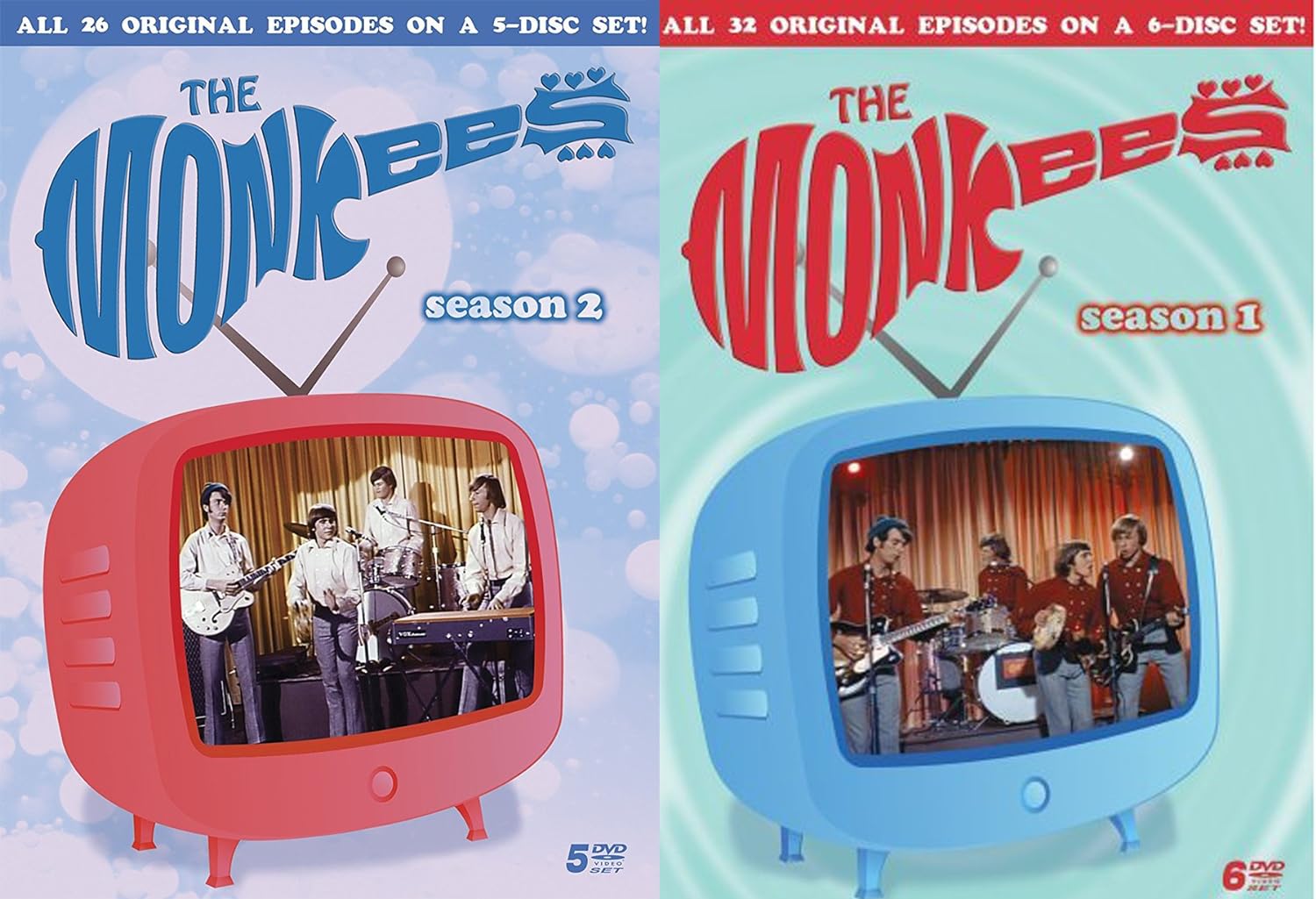 |
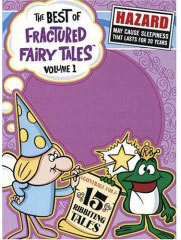 |
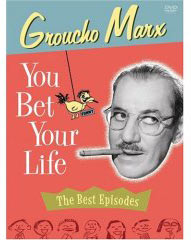 |
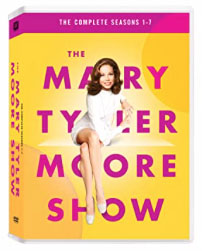 |
 |
 |
|
|
||||||||||||||